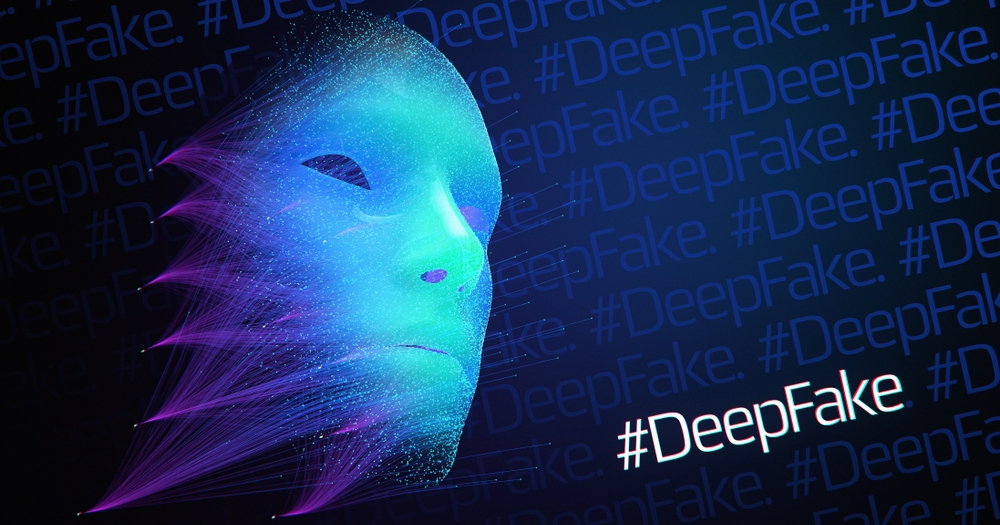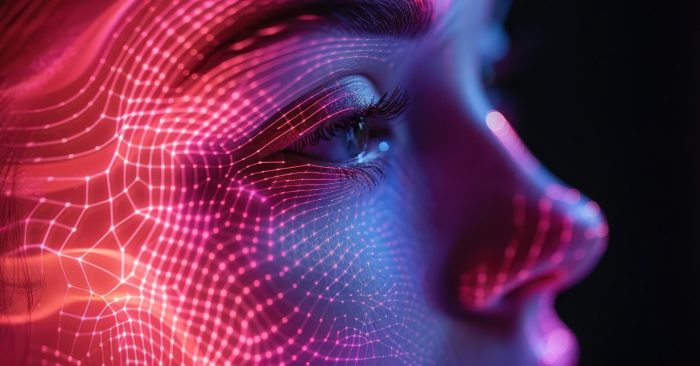That adorable photo of your daughter blowing out birthday candles? Or your son smiling wide on his first day of school? It’s more than a keepsake. If it’s sitting in cloud storage, it could be quietly analyzed, cataloged even used to train artificial intelligence.
A newly released study from the U.K. has raised urgent alarms about how tech companies use family photos and just how few parents actually understand the implications.
According to a survey of 2,019 U.K. parents, nearly 48% were unaware that uploading images to cloud services like Google Photos, Apple iCloud, Amazon Photos, or Dropbox might also mean handing over those files to algorithms trained to scan faces, detect locations, and generate digital profiles.
From Scrapbooks to Surveillance: Photos Are More Than Just Memories

Big Tech’s AI isn’t just organizing your albums. It’s recognizing your child’s face, tagging locations, and potentially preparing data that could be repurposed for something far more sinister.
Professor Carsten Maple of the University of Warwick issued a chilling warning: “Parents are unwittingly opening their children up to possible exploitation by criminals who want to use their data for their own purposes.”
He went on to explain that AI can generate deepfake videos using just 20 images — no HD video needed, no advanced cameras, just everyday snapshots uploaded to the cloud.
“Even mundane photos, like a child at school or in the backyard, can reveal names and locations,” he told the Edinburgh Evening News. Alarmingly, 53% of parents had no idea such data could be extracted from simple pictures.
Automatic Uploads, Invisible Risks
While most parents believe they’re safeguarding memories, they may unknowingly be creating digital footprints their children never agreed to.
A full 56% of parents surveyed admitted to having automatic photo uploads enabled — meaning every image snapped on their smartphones is sent to the cloud without a second thought. From there, AI can begin its analysis, often silently and without notification.
And it’s not just facial recognition. Only 43% of those surveyed were aware that cloud services collect metadata, like time, date, and location for every image uploaded. Even fewer, just 36%, realized that companies are also analyzing the contents of the images themselves.
AI Deepfakes Move From Sci-Fi to Living Rooms
While the concept of deepfakes might seem like a far-fetched sci-fi threat, it’s increasingly real and disturbingly accessible.
AI tools, once the domain of elite developers, are now available to virtually anyone with a computer. And that means a handful of birthday or holiday photos could be all it takes to create an eerily lifelike video of your child doing or saying things they never actually did.
Meanwhile, the risk extends far beyond creepy novelty. These tools are already being used to harass and exploit. One alarming trend shows teens using AI chatbots to fabricate explicit images of classmates — a practice that has education experts deeply concerned.
The White House Acts on AI Threats

The outcry has already reached Washington. In a bold move, President Donald Trump, flanked by First Lady Melania Trump, signed the Take It Down Act on May 19, 2025.
This legislation criminalizes the creation and distribution of non-consensual intimate images, including those generated by AI. Melania Trump, a vocal advocate for online safety, played a key role in pushing the bill forward.
Digital Convenience vs. Digital Consent
Despite the wake-up call, the gap between convenience and caution remains wide.
A full 72% of parents surveyed now say photo privacy is important. Meanwhile, 69% acknowledge the real risks tied to storing their children’s photos online. Still, many lack clear strategies or tools to shield those images from exploitation.
And while the study was based in the U.K., the implications are global. American families, too, rely on the same tech platforms — and face the same troubling questions:
- Who’s seeing our photos?
- What are they doing with them?
- And how can we regain control?
A Memory or a Digital Footprint?

In 2025, a child’s photo doesn’t just live in a shoebox or scrapbook. It lives in data centers, in AI databases, and potentially in the wrong hands.
Every image shared to the cloud is more than just a memory — it’s a data point. And as AI continues to evolve, the stakes of digital parenting have never been higher.



